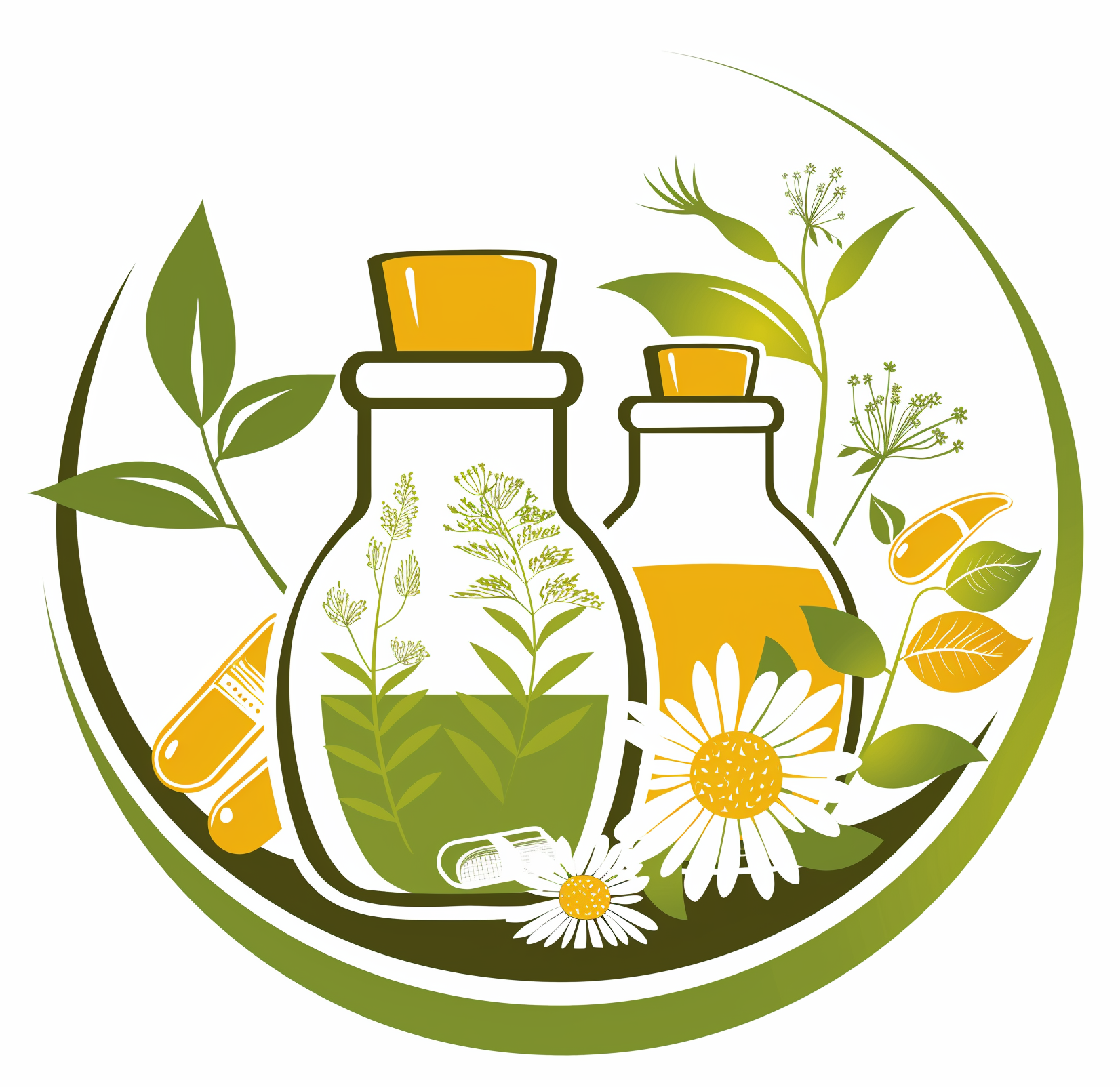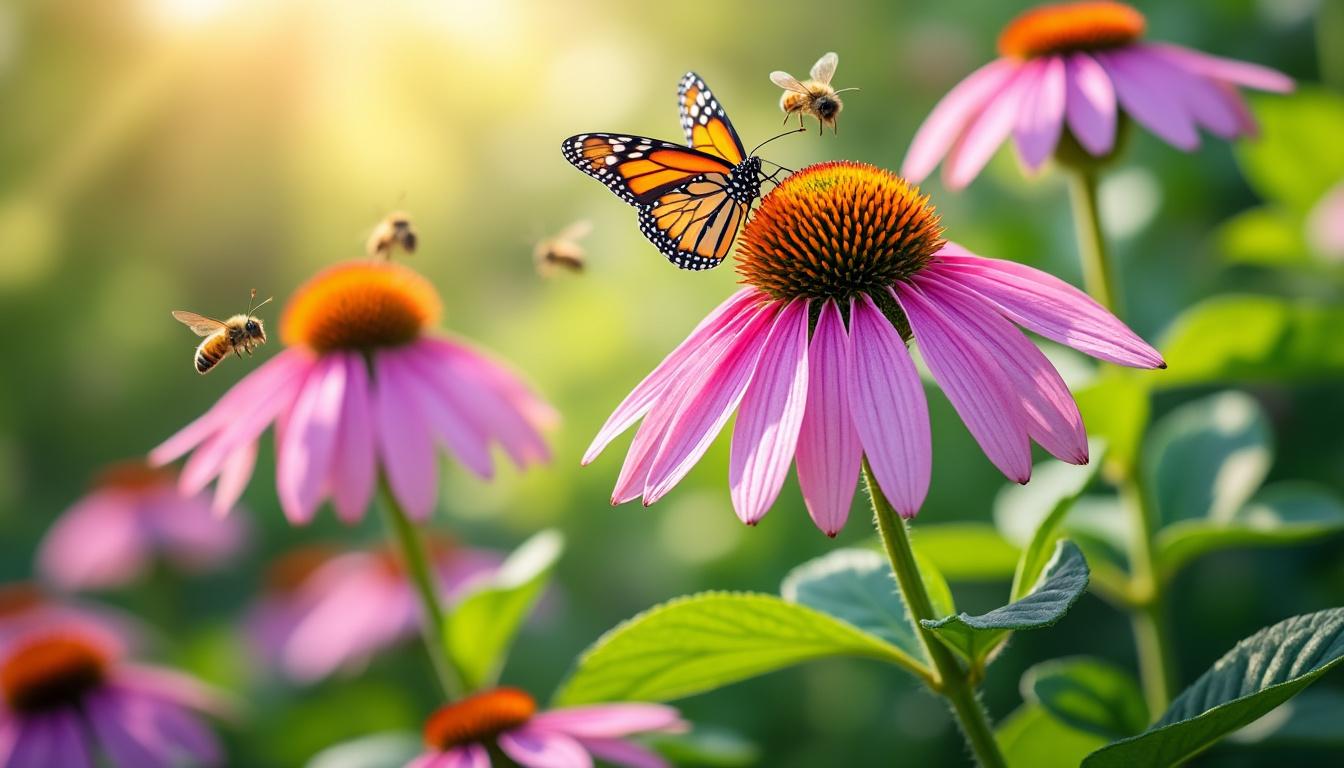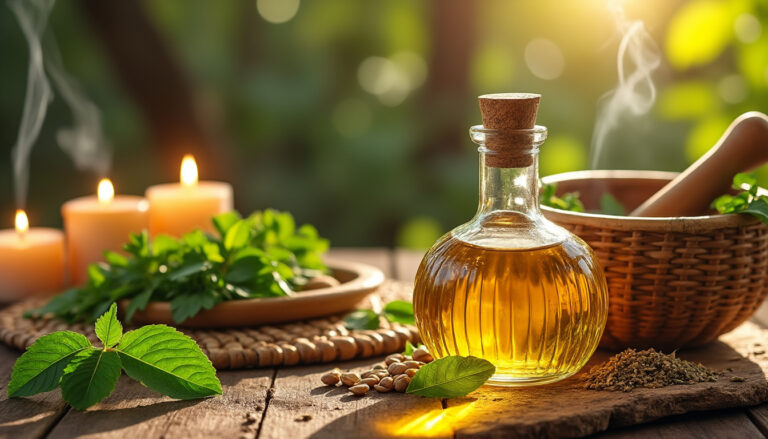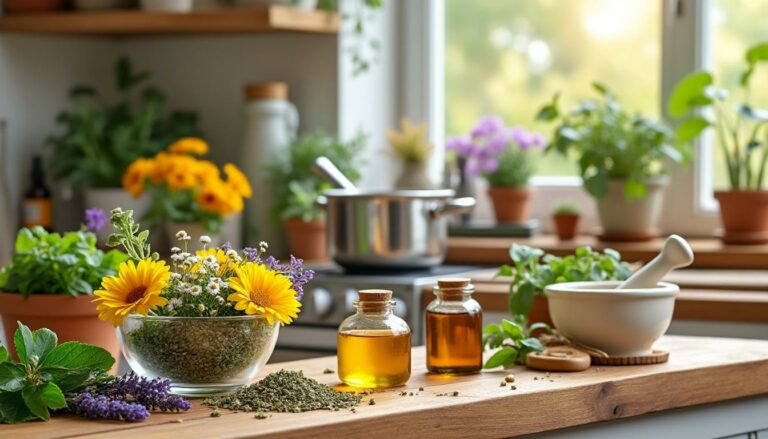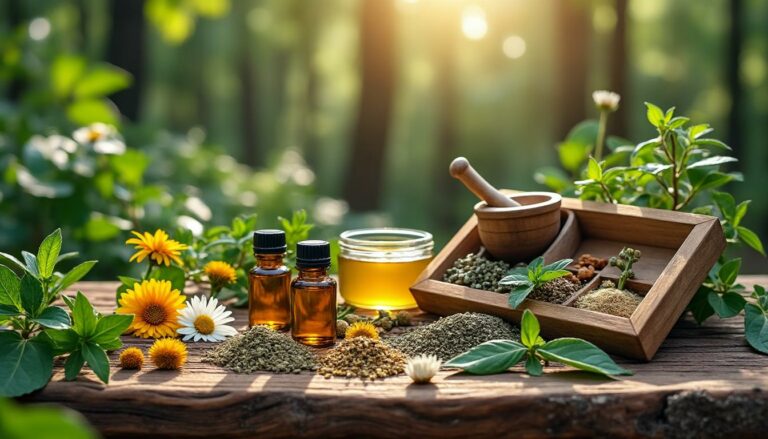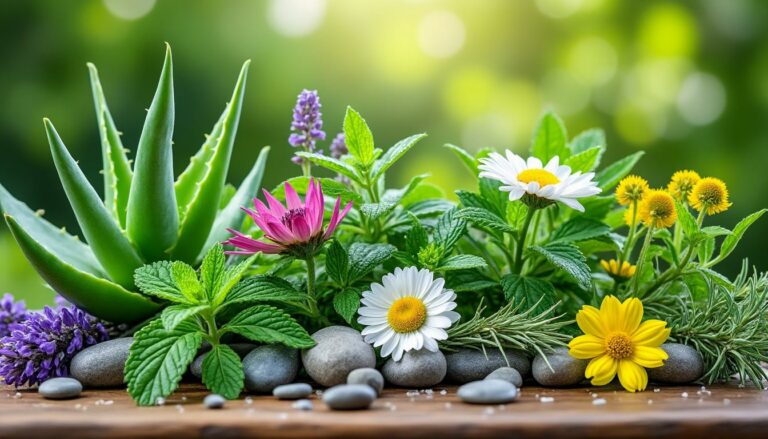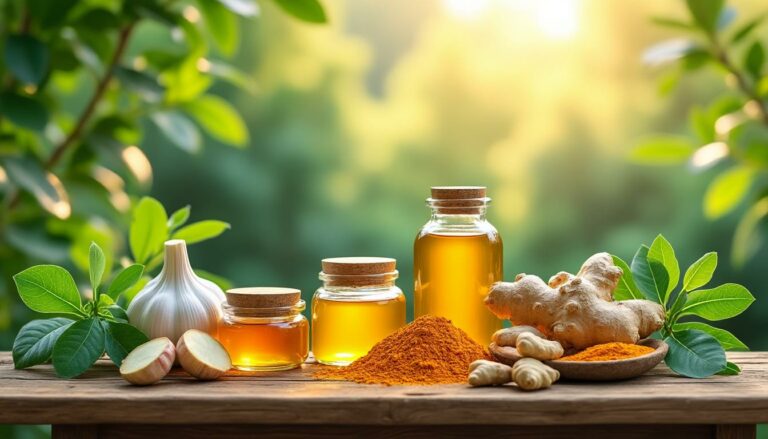What is echinacea? A closer look at its health benefits
Scratchy throat? Lingering fatigue? Every cold season reminds us how quickly the immune system can stumble when stress, travel, or poor sleep pile up.
The spiral of over-the-counter pills, clinic co-pays, and time off work often snowballs before the body gets a chance to recover, leaving many people worried about the next bug that blows through.
For homesteaders, minimalists, and off-grid adventurers, a gentler ally stands out: Echinacea Health. This purple-petaled native wildflower has been trusted by First Nations healers, championed by modern herbalists, and scrutinized by scientists—revealing a plant that’s both practical and surprisingly potent. The pages ahead walk you through exactly how, why, and when to lean on echinacea so you can stay resilient without surrendering your autonomy.
Echinacea Basics: Botany, Species & Key Compounds 🌼
Echinacea isn’t one single herb; it’s a small genus of nine Coneflower species. The three most common in herbal practice are Echinacea purpurea, E. angustifolia, and E. pallida. All grow happily across the central plains of North America and adapt well to backyard plots from Maine to Melbourne.
- 🌱 Purple Coneflower (E. purpurea) – Easy to cultivate, broad immune support.
- 🌾 Narrow-leaf (E. angustifolia) – Higher alkylamides, prized by traditional healers.
- 🏜️ Pale Coneflower (E. pallida) – Deep roots, drought-tolerant, used for topical preparations.
| Active family of compounds 😎 | Where it’s most concentrated | Why it matters for wellness |
|---|---|---|
| Alkylamides | Roots & seeds | Modulate cytokines, the messengers that rally immune cells |
| Polysaccharides | Flowers & stems | Stimulate phagocytosis (the “Pac-Man” action of white blood cells) |
| Caffeic-acid derivatives | Leaves | Antioxidant shield that calms free-radical damage |
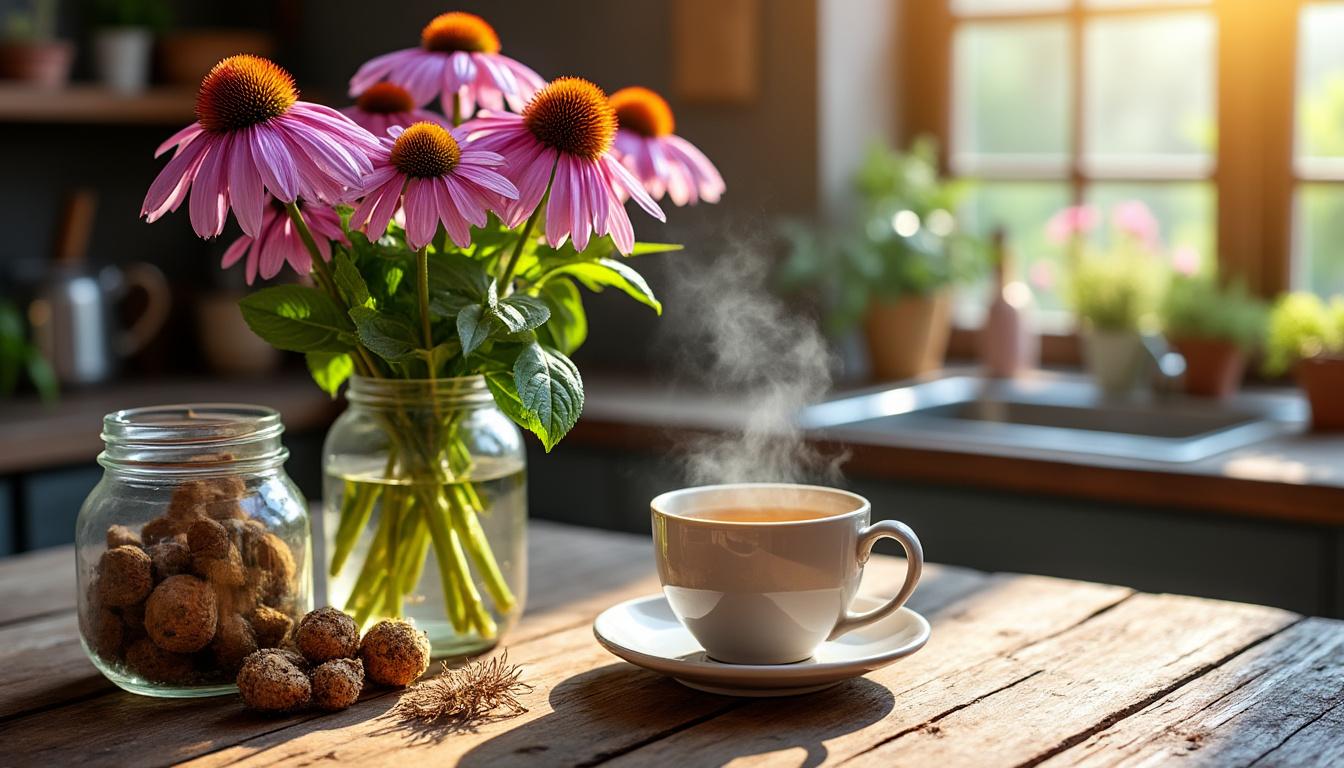
Harvest timing & storage tips
Roots hold peak potency in autumn of the plant’s second year, while petals can be snipped mid-summer. Always dry material at 95 °F (35 °C) max to preserve those fickle alkylamides. Store in amber jars away from heat—sunlight steals strength faster than you’d expect.
Evidence-Backed Benefits: Immunity and Beyond 📊
Folk wisdom met the lab bench decades ago, and curiosity hasn’t slowed. Below is a snapshot of what peer-reviewed studies highlight today.
- 🛡️ Fewer sick days – Meta-analyses report 10–30 % reductions in cold incidence when echinacea is taken preventively.
- ⏱️ Shorter symptom window – Average cold length drops by about 1.4 days in trials using 2,400 mg/day extract.
- 🔥 Inflammation balance – In vitro work shows down-regulation of TNF-α, explaining comfort in sore throats or minor skin flare-ups.
- 😌 Mood support – A 2023 British pilot found low-dose (
- 🩹 Topical wound care – Traditional poultices align with modern findings of boosted fibroblast activity (cells that knit tissue).
| Study (year) | Population | Form & dose | Main outcome 🎯 |
|---|---|---|---|
| Cochrane Review (Updated 2024) | 4,631 adults | Various extracts 1,000–4,000 mg | Modest prevention; stronger when started at first sniffle |
| University of Alberta (2022) | Athletes, n = 282 | 8 ml tincture daily | 25 % drop in upper-respiratory infections |
| King’s College London (2023) | Students, n = 120 | Tea, 3 cups/day | Improved sleep & reduced anxiety markers |
Curious about broader plant allies? Explore the complete list at benefits of medicinal plants for context on stacking herbs safely.
Safe Usage, Dosage & Choosing Quality Brands 🧐
With dozens of labels on the shelf, potency can swing wildly. Following the dosage ranges below keeps things both effective and safe.
- 🍵 Tea: 2 g dried herb per cup, up to 5 cups daily.
- 🌿 Fresh juice: 6–9 ml, three times per day.
- 💧 Tincture (1:5 45 %): 2–4 ml every two hours at onset, taper to 3x/day.
- 💊 Capsules: 300–500 mg, three times daily (up to 10 days).
| Brand 🤝 | Form | USP / Non-GMO? | Unique feature |
|---|---|---|---|
| Nature’s Way | Standardized capsule | Yes | Guaranteed 2.5 % chicoric acid 😊 |
| NOW Foods | Organic tincture | No (but third-party tested) | Alcohol-free glycerite |
| Garden of Life | Fermented spray | Yes | Raw probiotics included |
| Swanson Health | Bulk powder | No | Budget-friendly for DIY capsules |
| Puritan’s Pride | Softgel blend | Yes | Adds elderberry & zinc |
| New Chapter | Whole-herb tablet | Yes | Dual-extracted for broad spectrum |
| Herb Pharm | Single-species extract | Yes | Fresh root harvested on their farm |
| Solaray | Time-release cap | No | Sustained immune activation 🚀 |
| Dr. Mercola | Liposomal liquid | Yes | Enhanced absorption tech |
Safety checklist before you start
- 🚫 Allergies: Avoid if sensitive to ragweed or daisies.
- 👶 Pregnancy: Short-term use appears safe, but limit to 7 days in first trimester (NCCIH 2025 advisory).
- 💊 Med interactions: Immunosuppressant drugs may conflict—consult a qualified professional.
- ⏳ Duration: Cycle off after 8 weeks to maintain effectiveness.
Need a deeper primer on herb safety? Check the guide on plants that are controversial before experimenting with new botanicals.
Grow, Harvest & Craft Your Own Tincture 🌱
Nothing beats the satisfaction of raising medicine in the backyard. Here’s a streamlined blueprint borrowed from homestead workshops.
- 🌞 Sow seeds in early spring; cold stratify two weeks for better germination.
- 🔄 Rotate beds yearly; echinacea prefers neutral pH and won’t compete well with heavy feeders.
- ✂️ Top at 12 inches to encourage root energy rather than tall stems.
- 🪓 Dig roots in late fall of year 2, rinse soil, then chop while fresh.
- 🍶 Infuse 1 part root to 2 parts 50 % alcohol; shake daily for six weeks.
- 🗂️ Label & log batch number, species, harvest date—future you will thank present you!
| Step | Time needed ⏱️ | Pro tip |
|---|---|---|
| Seed stratification | 14 days | Bag seeds with moist sand in fridge |
| Germination | 10–21 days | Bottom heat (70 °F) speeds sprout |
| First bloom | Year 1, midsummer | Harvest petals for tea |
| Root harvest | Year 2, autumn | Look for carrot-like aroma |
| Tincture maturation | 6 weeks | Store jar in a dark cupboard; shake daily |
For step-by-step visuals on tincture making, swing by tincture uses & benefits. If field foraging is more your pace, review the wild plants used for medicine and food handbook first.
Field story: A cold-weather test run ❄️
Last winter, a group of van-life travelers on Vancouver Island crafted fresh echinacea tincture during a three-day storm layover. By sharing 2 ml doses every three hours, they reported milder congestion and kept the trip on schedule—no pharmacy stop required.
A Self-Reliant Path Forward With Echinacea 🌍
Echinacea isn’t a magic shield, yet when paired with adequate sleep, nutrient-dense meals, and stress management, it becomes a sturdy pillar in the “medicine-cabinet garden.” Whether you reach for a certified extract from Herb Pharm, sow seeds next to the tomatoes, or blend your own tincture, the plant invites you to participate—rather than spectate—in your health. Integrate the lessons above, bookmark the broader holistic health overview, and step confidently into the cooler months knowing Echinacea Health is within arm’s reach.
FAQ: Quick Answers for Busy Herbalists
- Can I take echinacea every day year-round?
Continuous daily use can dull its effectiveness. Cycle 6-8 weeks on, 2 weeks off, or reserve for the first sign of illness. - Is echinacea safe for children?
Most pediatric herbalists use glycerite forms at 1/4 the adult dose for ages 2–6. Always verify with a qualified practitioner. - Does echinacea interfere with vaccines?
Current data show no negative interaction, but schedule doses 24 hours apart if you want to be extra cautious. - Which species is best?
E. purpurea is the most researched, yet blends that include E. angustifolia deliver higher alkylamide levels—choose based on availability and desired strength. - How long does a homemade tincture last?
Properly stored (cool, dark, high-proof alcohol), potency holds for at least 3 years. Note any color changes or off-odors as signs to replace.
For more practical remedies, dive into herbal first-aid practices or explore natural antibiotic alternatives to round out your self-reliant toolkit.
